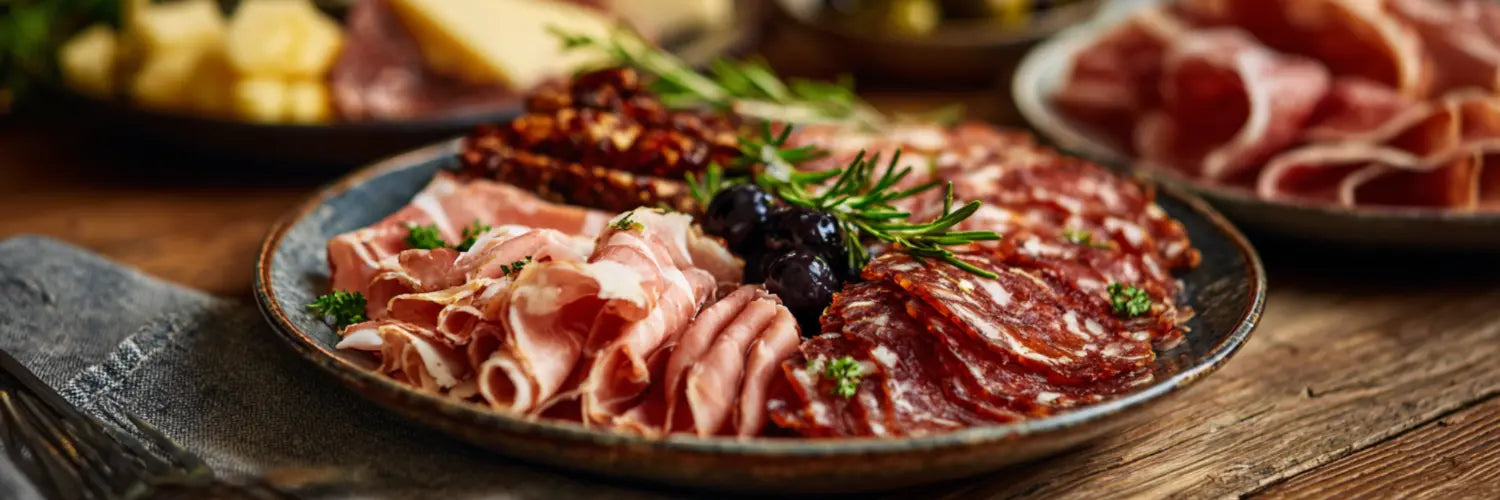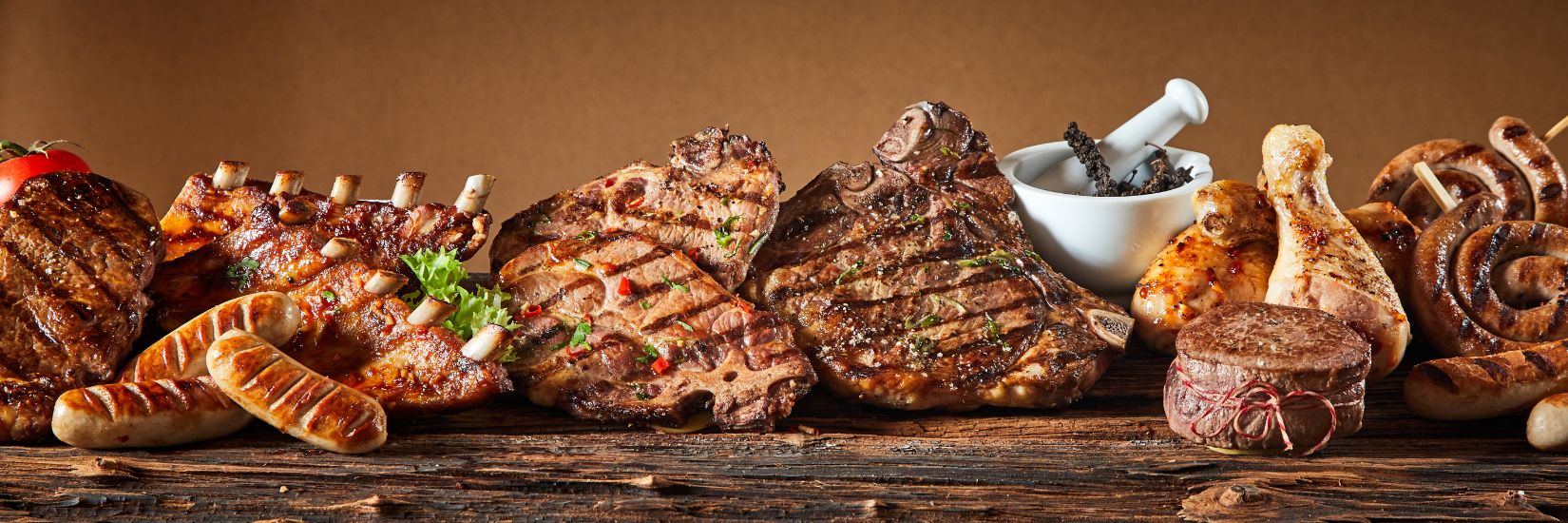
Pork Shoulder Blade - Bone-In Rolled
£38.15
£44.88
Sale
Pork Shoulder Blade - Bone-In Rolled
£38.15£44.88
Item is in stockOnly 0 left in stockItem is out of stock
Item is unavailable
Free delivery on orders over £50
Chilled food arrives in cool packs
Collect in- store - no delivery charge! Order by 12pm Thurs for Sat pm collection
100% british pork.
Allergens are highlighted in bold.
Chippenham Unit
The Black Farmer, Unit 10, Bumpers Farm Enterprise, Vincients Road, Chippenham, SN14 6QA
Brixton Store
The Black Farmer Brixton Farmshop. 25-27 Market Row, London SW9 8LD
White City Store
The Black Farmer, Unit 1, 2 Television Centre, 101 Wood Lane, White City, W12 7FR






